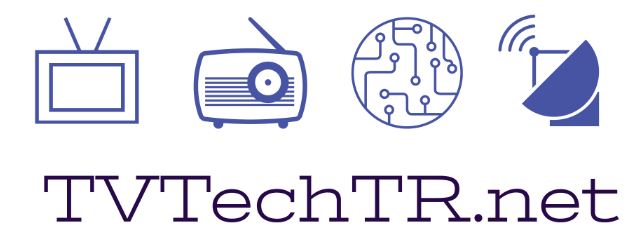I wrote
this post in Turkish yesterday and share it on DVB-T2 group in Linkedin. I am a
little bit surprised to see that some of the members of the group wanted to read
it in English. That's why I will try to write some what same in English
also.
As you may already know that there is no DTT network in Turkey yet. I mean we will build DVB-T2 directly. First of all license tender have been made. National & regional licensees are given and local ones are in the process. There will be 11 HD & 22 SD national broadcasters. In each region , there are 7 regions in Turkey (geographically, not administratively), there will be 4 SD broadcasters and in each city (local) there will be 7 SD broadcasters. Adding TRT (public service broadcaster of Turkey) to these this will be 54 broadcaster in each city. But is this the case after the license tenders?
- There are 11 HD & 22 SD national broadcasters who paid (actually as a result of tender took the license for 10 years for) 820.850.000 TL (which makes appr. 328.340.000 €)
- There are totally 20 regional broadcasters, which could be 28 & they paid 14.760.000 TL (which makes appr. 5.904.000 €)
- Regarding local license this are even interesting. There could be 7 broadcasters in each city, but in 8 cities there will be no tender at all, because there were no broadcasters.
- Total number of 54 may drop down to 40-45 broadcasters which will affect the success of DTT in Turkey.
Pirating is again an important threat for OTT offers. Although in recent years there are more than one legal video streaming portals, most viewers do not care from where they are watching the content.
An other challenge is that internet penetration is far beyond EU 15 countries. Triple play offes are not so common and price for internet access is much more expensive then EU averages.
Although it seems that there are some important obstacles, I personally believe that with more than 18 millions of households, and young citizens Turkey is an interesting market for international investors.
You may think the link of this photo with the post. Actually it tells that no matter what happens keep smiling :) This egg-face is what I cooked for my 4 years old twins.


Comments
Post a Comment
Comments will appear after approval, which may take time :)